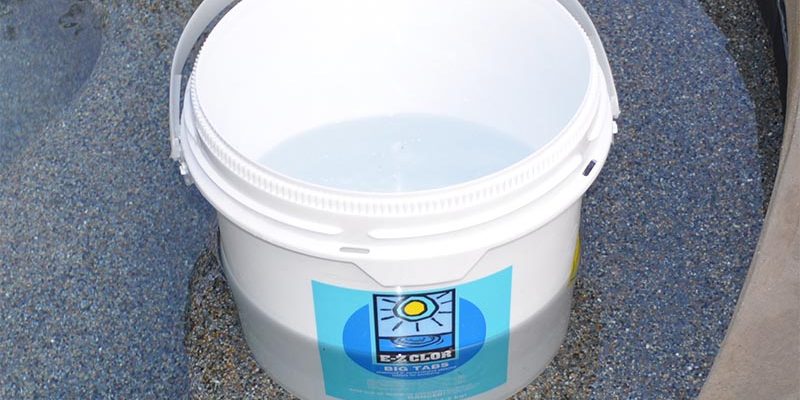 If you live in North Texas and you have an inground swimming pool, there’s a good chance that at some point in the life of your pool, it will develop an “invisible” pool leak. This means your pool is leaking in a way that’s not immediately apparent to you, the homeowner.
If you live in North Texas and you have an inground swimming pool, there’s a good chance that at some point in the life of your pool, it will develop an “invisible” pool leak. This means your pool is leaking in a way that’s not immediately apparent to you, the homeowner.
In North Texas, our soil is clay. This means the soil expands and contracts very easily with fluctuating moisture and temperatures. The soil expands with moisture and then shrinks during times of drought or extreme heat. This causes the soil to shift, which can ultimately cause your pool to crack and leak.
It’s important to have a pool leak fixed as quickly as possible to save money on water and chemicals and to keep leaking water from causing further damage to the ground around the pool. If you think you have a pool leak, here are the two common areas you’ll most likely find a problem.
Underground Pipe Cracks
The failure of underground pipes is fairly common in North Texas and accounts for about 30-40% of pool leaks in the area. Poor installation, poor-quality materials, tree roots and overzealous digging around the pool can all contribute to an underground pipe crack that will cause your pool to lose water. The shifting of North Texas’ infamous clay soil is another common cause of underground pipes to crack and cause a leak.
Structural Cracks
Though not unique to Texas, pool leaks caused by shifting ground are more common in areas where the weather stays hot and dry for long periods of time. The hot, dry conditions in North Texas’ summers cause the clay soil to shrink, move around and pull away from pool decks. This shifting ground can cause structural cracks and damage to your pool, resulting in a leak. If the hot and dry period of the summer is followed by a period of heavy rain, the clay will then expand and shift even more. This can cause further damage to the structure of your pool. In addition to the shifting soil of North Texas, tree roots and faulty construction practices and materials can be another cause of structural damage to your pool.
If you notice that your water bills have skyrocketed, you find drips, puddles or dampness around your pool that shouldn’t be there or the ground around your pool has visibly shifted, call Leak-Tech at (972) 516-4995. We can find your pool leak and repair it quickly and professionally. Visit us online at www.leak-tech.com to learn more about our leak detection and repair services.
Leak-Tech | Pool Leak | (972) 516-4995
